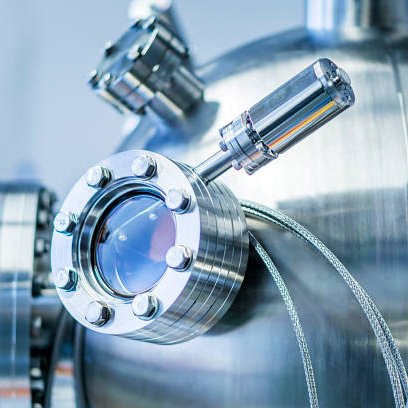Glove Box
Description:
A glove box is a sealed container with built-in gloves that allows users to handle objects in a controlled environment. These boxes are typically used in laboratories, cleanrooms, and manufacturing facilities where it’s necessary to manipulate objects in a controlled atmosphere, such as under inert gas or in a low-humidity environment.
Regular maintenance and inspection of the glove box, including checking for leaks and ensuring the integrity of gloves and seals, are also important for safe operation.
Enquiry Now
Applications





Related products
CVD/PVD Furnace
At CryoVac solutions, we specialize in providing top-quality and high-performance coating solutions that enhance the durability, functionality, and aesthetic appeal of materials tailored for chemical vapor deposition (CVD) and physical vapor deposition (PVD) processes. With a commitment to excellence and customer satisfaction, we work closely with clients to understand their challenges and provide tailored solutions that drive success.
Enquiry Now
Feedthroughs
A vacuum feedthrough is a crucial component in systems where electrical, mechanical, or fluid signals need to be transmitted into or out of a vacuum environment without compromising the vacuum integrity. These devices are commonly used in various industries, including scientific research, semiconductor manufacturing, aerospace, and materials processing.
Enquiry Now
LHe & LN2 Dewars
At CryoVac Solutions, we specialize in providing high-quality cryogenic solutions tailored to meet the needs of various industries.
Our range of Liquid Helium (LHe) and Liquid Nitrogen (LN2) Dewars are designed to deliver exceptional performance and reliability for your most demanding applications. With years of experience and a commitment to innovation, we ensure that our products meet the highest standards of quality and safety.
Enquiry Now
Vacuum insulated Custom LHe & LN2 Transfer Lines
Custom vacuum-insulated liquid helium (LHe) and liquid nitrogen (LN2) transfer lines are specialized components designed to transport cryogenic fluids with minimal thermal losses. These transfer lines are essential in various applications, including research laboratories, medical equipment, and industrial processes. We do Customization also such as Length, diameter, and specific connection types can be customized to meet the exact requirements of the application. Custom bends and routing options to fit spatial constraints.
Enquiry Now
View Ports
Our state-of-the-art vacuum view ports, essential for industries reliant on precise control and visibility within vacuum chambers.
Built to exacting standards, our view ports provide unparalleled clarity into critical processes, ensuring you can monitor operations with confidence and precision.









